By Devin Connell
Seville has all the charm of many ancient European cities: horse drawn carriages, ancient cathedrals, tiny cobblestone streets and tinkling fountains. At first glance, you might think it the Walt Disney version of Europe catering to tourists who seek a Hollywood ideal of glory days past. Luckily, a bustling industry lies behind the curtain along with contemporary commerce, budding cultural liberalism and creativity in food and the arts alike, keeping this tiny metropolis refreshingly current. Of course, one would be remiss to pass up on the traditional (if slightly campy) flamenco and tapas bars that, with a little cynicism, could feel like tourist traps but are happily operating without even a hint of irony.
It’s this juxtaposition of the old world and the cutting-edge that keep Seville from being a ‘museum city’ and thrust it into the world of the new.
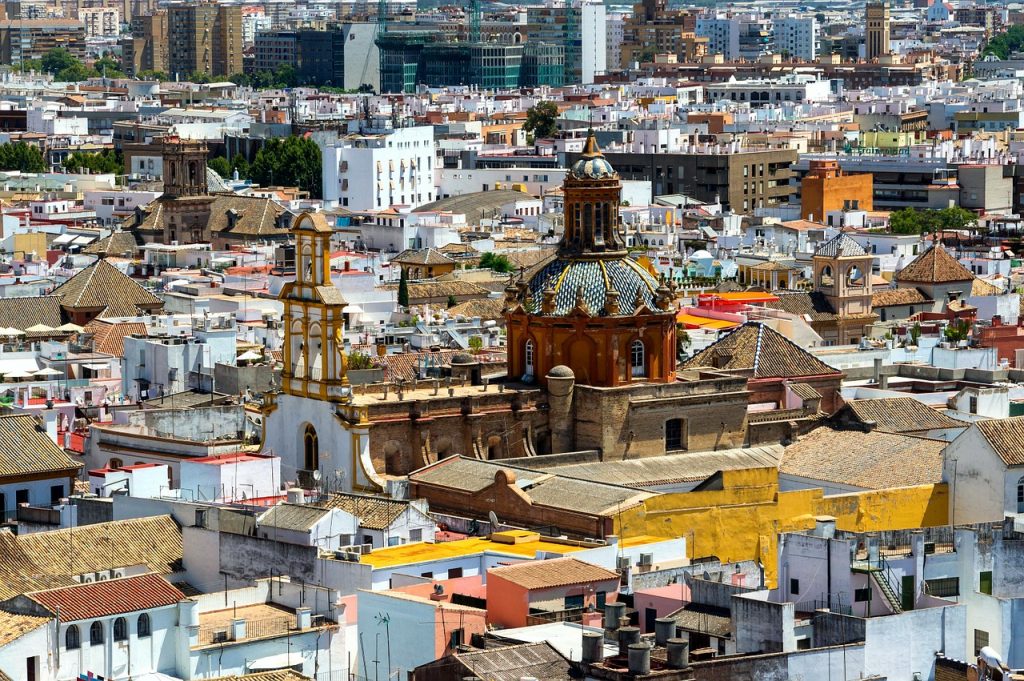
DAY 1
Checking in, and sublimely out.
The first things you notice upon arriving in Seville are the heat, the palm trees, and the Islamic architecture. Is this Marrakech?
The exoticism hits immediately with an instant sense that this is not in a major European hub, but somewhere far, far away. To immerse yourself completely in this languid and glamorous sensation, look no further than the regal Alfonso XIII hotel – one of the world’s top historic luxury hotels.
Located in the heart of the historic district, it’s old-world glamour collides with new-world sophistication. Completely refurbished three years ago, it has a sheen of luxury from the grand courtyard studded with olive trees to the crystalline pool with black and white striped lounges. Check in and enjoy a well-deserved ‘summer wine’, a refreshing update on the overly corrupted sangria. Rooms are palatial, cool and serene, but maintain an air of authenticity. It’s the ‘grand dame’ of the Seville hotel offerings.
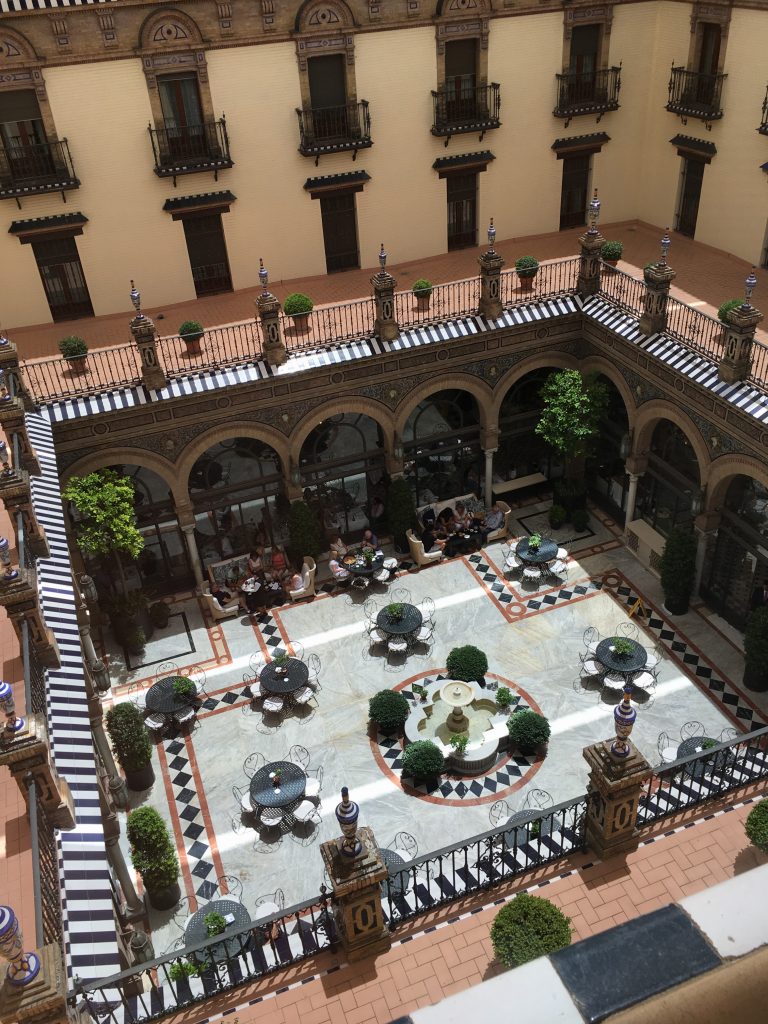
Triciclo
Hop on one of the city’s municipal bikes and head down to the Guadalquivir River to get your bearings. It’s an excellent way to see many of the main monuments in double time.
To market to market
A short cycle away on the opposite bank of the river lies the Mercado Lonja del Barranco, a newly completed gastronomic temple where around 20 individual vendors offer up the freshest local delicacies. Start with a perfectly chilled cup of gazpacho, followed by a flight of local cheeses, chilled gambas and a plate of shaved octopus over fried potatoes. An ice-cold glass of Verdejo rounds things out.
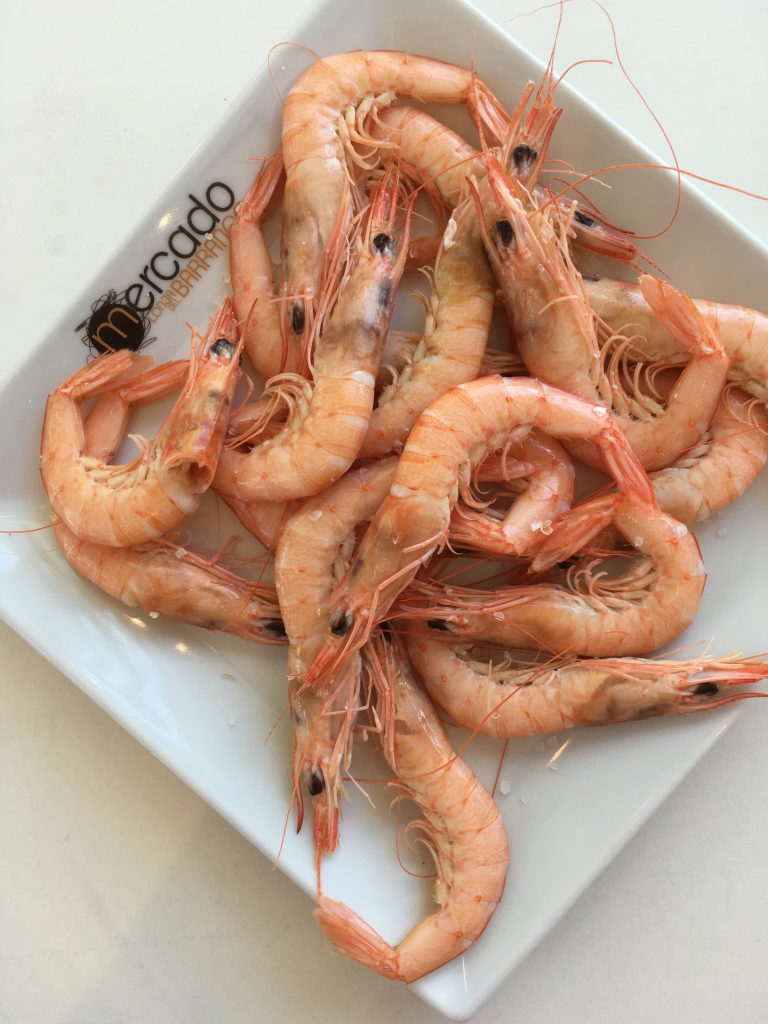
Lay of the land
Cross back over the river into the edge of the historical center and start your adventure on foot. Two of the city’s main cultural attractions are within 200 meters of each other. The Grand Cathedral is a gothic masterpiece that houses the tomb of Christopher Columbus and the Real Alcazar (perhaps the city’s most prized gem, and recently a scene-stealing location in Game Of Thrones) is a royal palace built by Moorish Muslim kings in the 1300s. Come in the late afternoon (during siesta) to beat the lines and get a quieter up-close look at both monuments.
One for the ages
If history you crave, then history you shall have. Head to El Riconcillio for a true sip of the past. The oldest bar in Spain (and the world, as legend has it), El Riconcillio offers a window into the original Aldalusian pub. Built in the 1600s, little has changed in this original temple of drink and tapas (including the dustily charming and equally ancient bar tenders). Traditionally, tapas would come gratis with the purchase of a drink. Times have changed in that department, but the ever-classic hand-shaved Iberico ham with crackers is worth every penny alongside an ice-cold sherry.
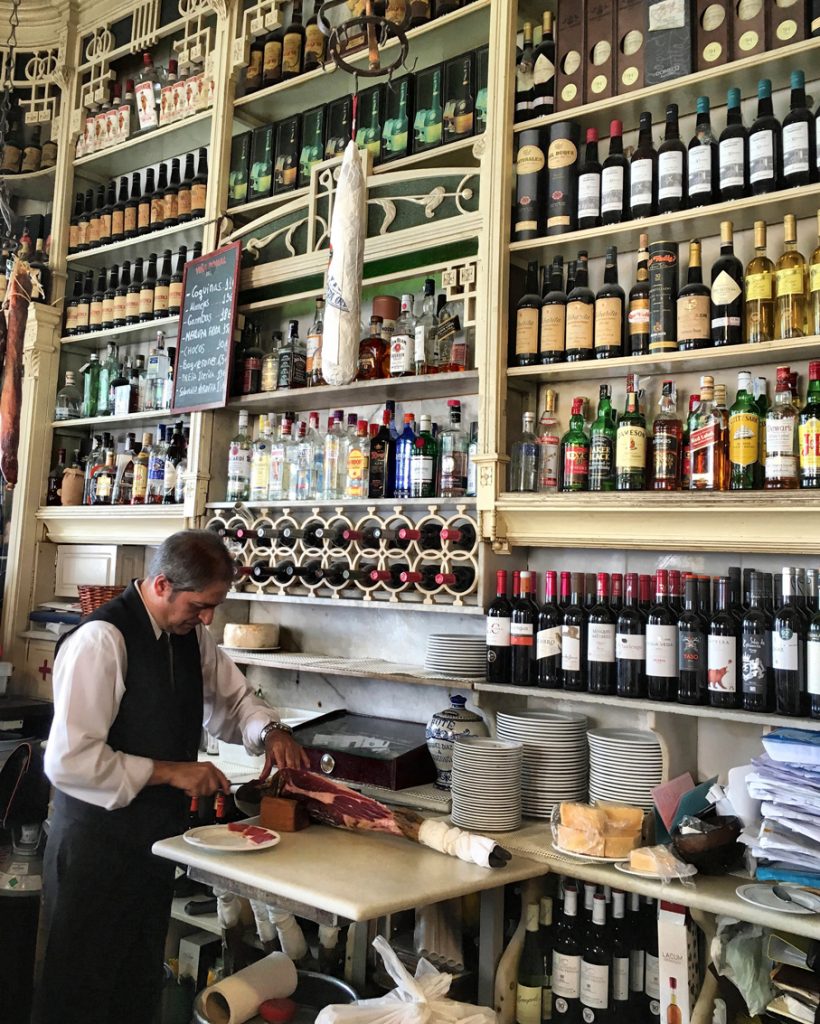
Song and dance
One would be remiss to pass up a Flamenco performance, however touristy it has become. Before dinner, head to the Museo Basillio Flamenco for a show of heart-pounding (and sweaty) flamenco and Spanish guitar. The theatre holds about 50 seats, offering an intimate setting for this rousing hour of adrenaline racing fun and culture.
Eat your greens
Wander down the road to El Pinton. This beautifully designed space with a large inner skylight and olive trees is a cool respite from the lingering heat of the day. Modern inflections of brass and pale wood complement the equally beautiful clientele of locals and tourists alike. Delicious salads of arugula, tomato, burrata with truffle vinaigrette, and tuna crudo are a nice change of pace from the typically heavy cuisine. In a city stepping into the modern world, El Pinton is a nice break from tradition.
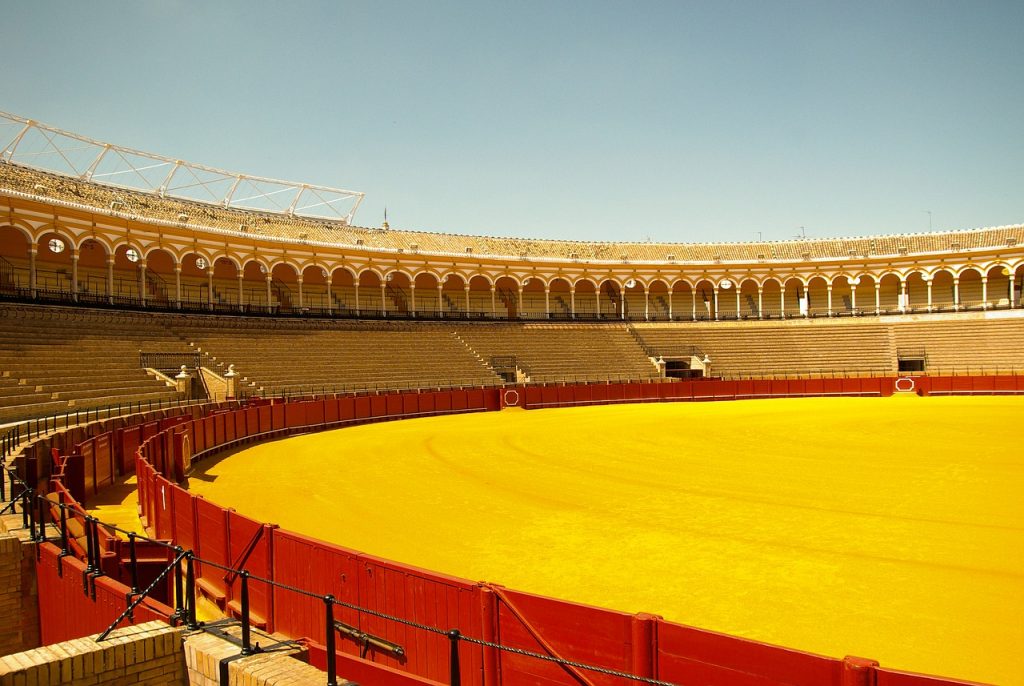
DAY 2
Monumental
After a luxurious breakfast in the grand courtyard of the Alfonso XIII, take a stroll through the lush gardens of the Maria Luiza Park to the monumental Piazza D’Espana. Built in 1928 for the Iber-American Exposition World Fair, it displayed the industry and technology exhibits. Now home to mostly government buildings, its combination of Art Deco and Neo-Mudeajar styles make for an architectural wonder not to be missed.
Lunching
Wander back towards the old town to La Azotea for a deliciously light lunch. The ever-changing menu offers innovative and lovingly presented food in a modern and simple atmosphere. Salmon with mustard vinaigrette or the seasonal almadraba tuna is a special treat. The owners are Californian and Seviilan and pay special attention to wine pairings.
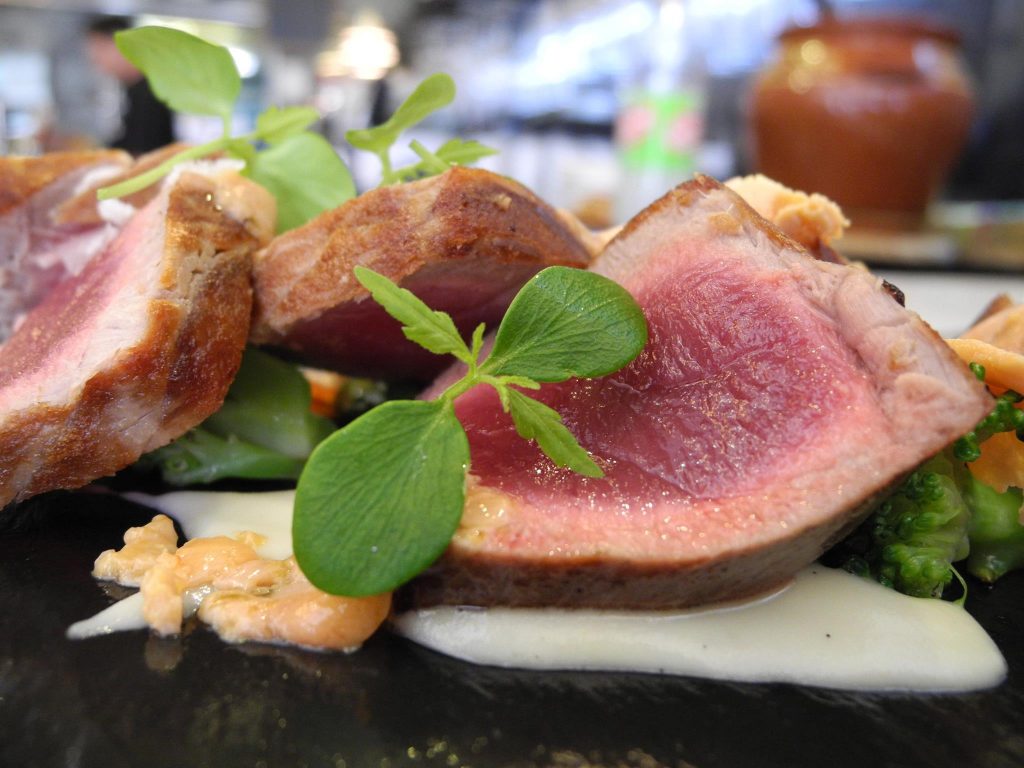
On the move
Why stay in one place when you can experience another part of the city in an equally beautiful hotel? The Palacio Villapanes is a meticulously converted palace on the edge of the old town with a style utterly different from the Alfonso XIII. You might feel as though you’ve escaped the city and are now basking in the cool elegance of a well-to-do family home. Rooms are panelled in pale grey, with soaring ceilings, purple velvet headboards, and impeccably crisp white linens. Most face an outer courtyard studded with orange trees and lovely sitting areas.
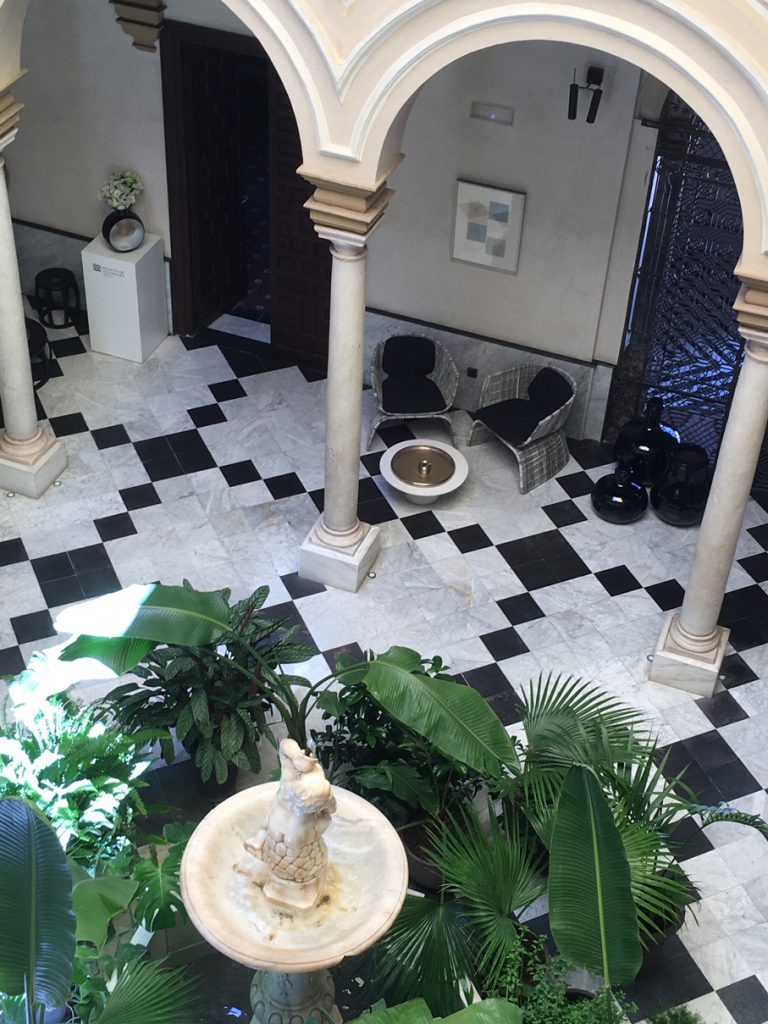
New World Wonders
If the city streets beckon once more, walk down towards the Metropol Parasol to view one of Seville’s most iconic (and debated) architectural wonders. Whether you are a fan or not, the Metropol Parasol is a sight to be seen. Designed by German Architect Jurgen Mayer, it claims to be the world’s largest wooden structure. Consisting of six parasols in the form of giant mushrooms, its modern contrast to the ancient city is breathtaking.
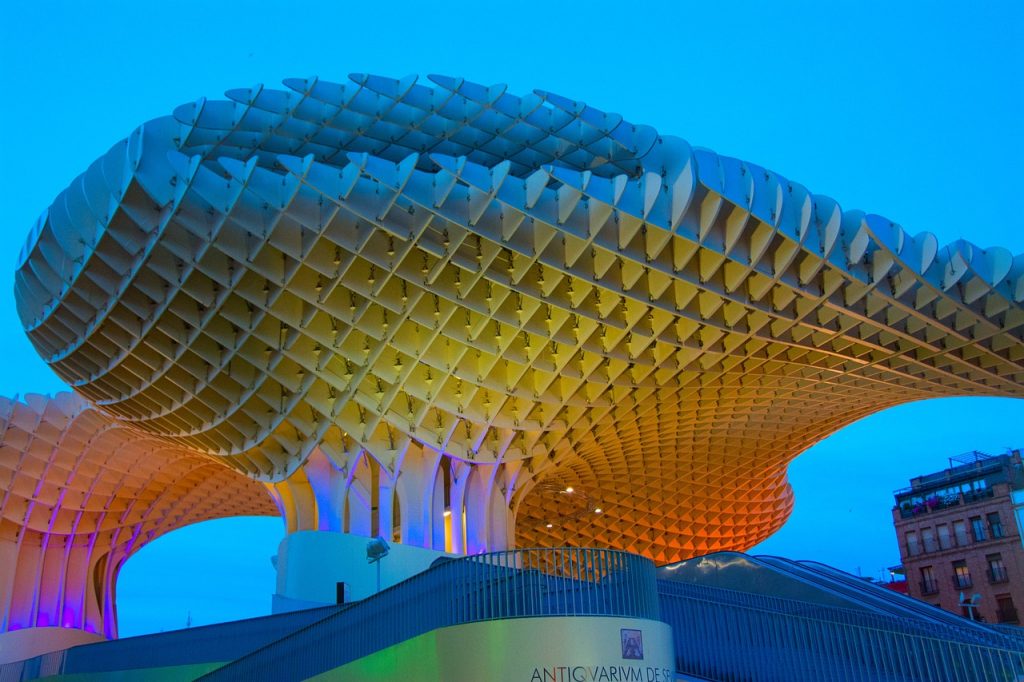
Shoptalk
Just a five-minute walk towards the river from the Metropol Parasol, the main shopping area of Seville houses high-end and affordable local boutique options. To really feel like a local, pick up an outfit at Uterque, a gorgeous Spanish women’s destination for stylishly embroidered feminine pieces.
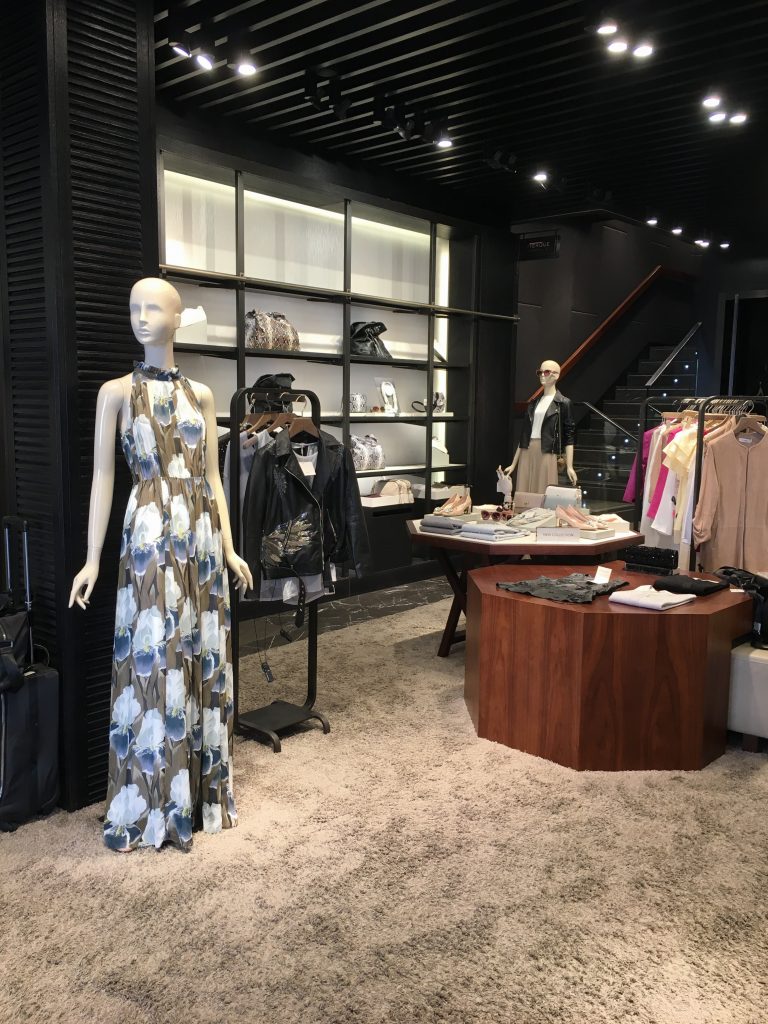
Spanish guitar
After a well-deserved siesta (all of this eating and walking is hard work), enjoy cocktails and live Spanish guitar back in the outdoor courtyard at the Palacio Villapanes. It’s hard to not feel like you are in a dream while sipping Cava and enjoying the romantic setting. If you can’t bear to tear yourself away, the hotel offers a delicious menu of traditional tapas more than suitable for an al fresco dinner.
Dinner out
An excellent alternative for dinner if you feel like heading out is the nearby Perro Viejo. This restaurant has all the buzz of a busy New York establishment but is decidedly Spanish in its décor and food. Two levels of natural wood and greenery plus a terrace offer lots of room to enjoy the best paellas the city has to offer. Don’t miss the squid ink and saffron aioli. For a perfect scoop of ice cream, wander around the corner to local institution La Campana. Founded in 1885, its dizzying array of sweets, pastries and of course ice cream offer the perfect way to end your day… or to get some energy for a night on the town.
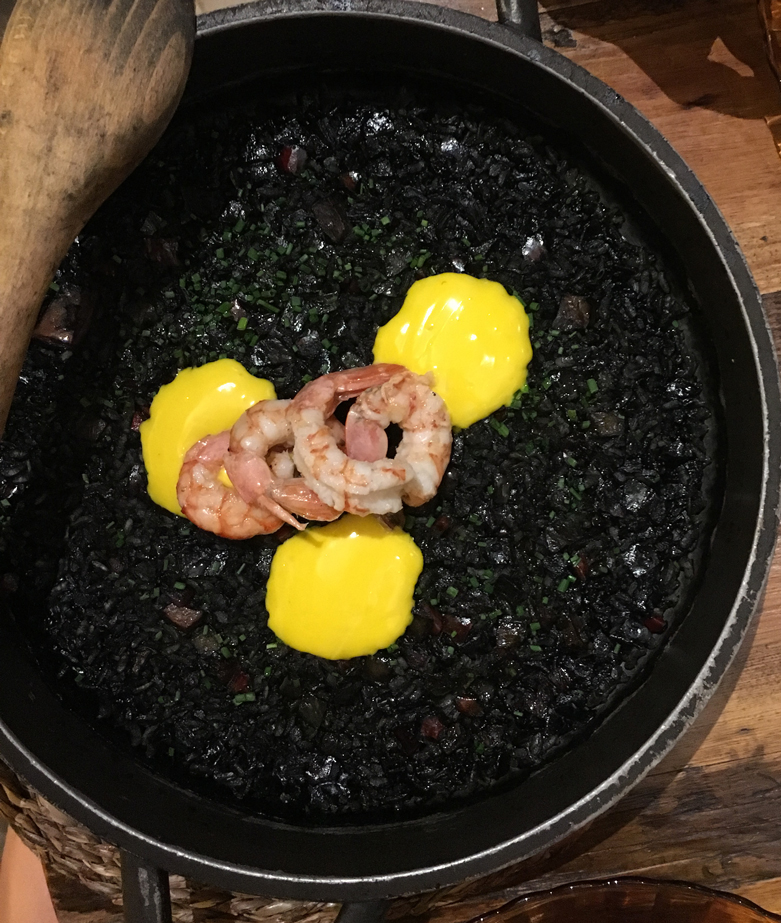
Nightcap
La Carboneria is a hilariously fun dive bar open into the wee hours of the morning. Enjoy one of the many delicious local beers and try not to be too shocked when a flamenco dancer jumps up on your table for an impromptu frolic.
[ad_bb1]
Devin Connell is a co-owner of Toronto-based restaurant and catering company Delica Kitchen. She is a cookbook author, Food Network Canada TV personality, recipe developer and trend hunter.

